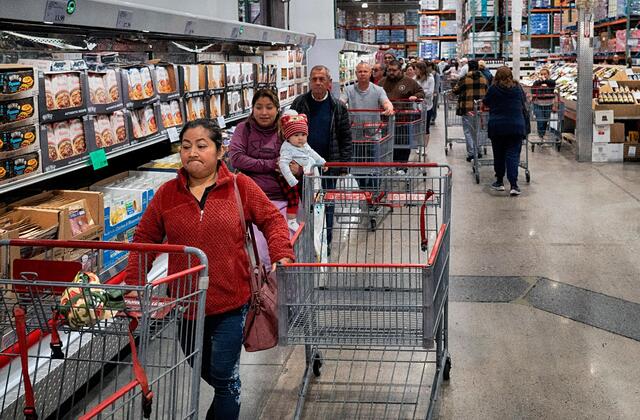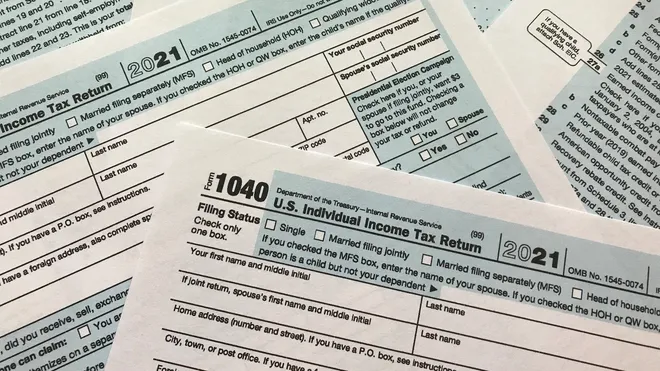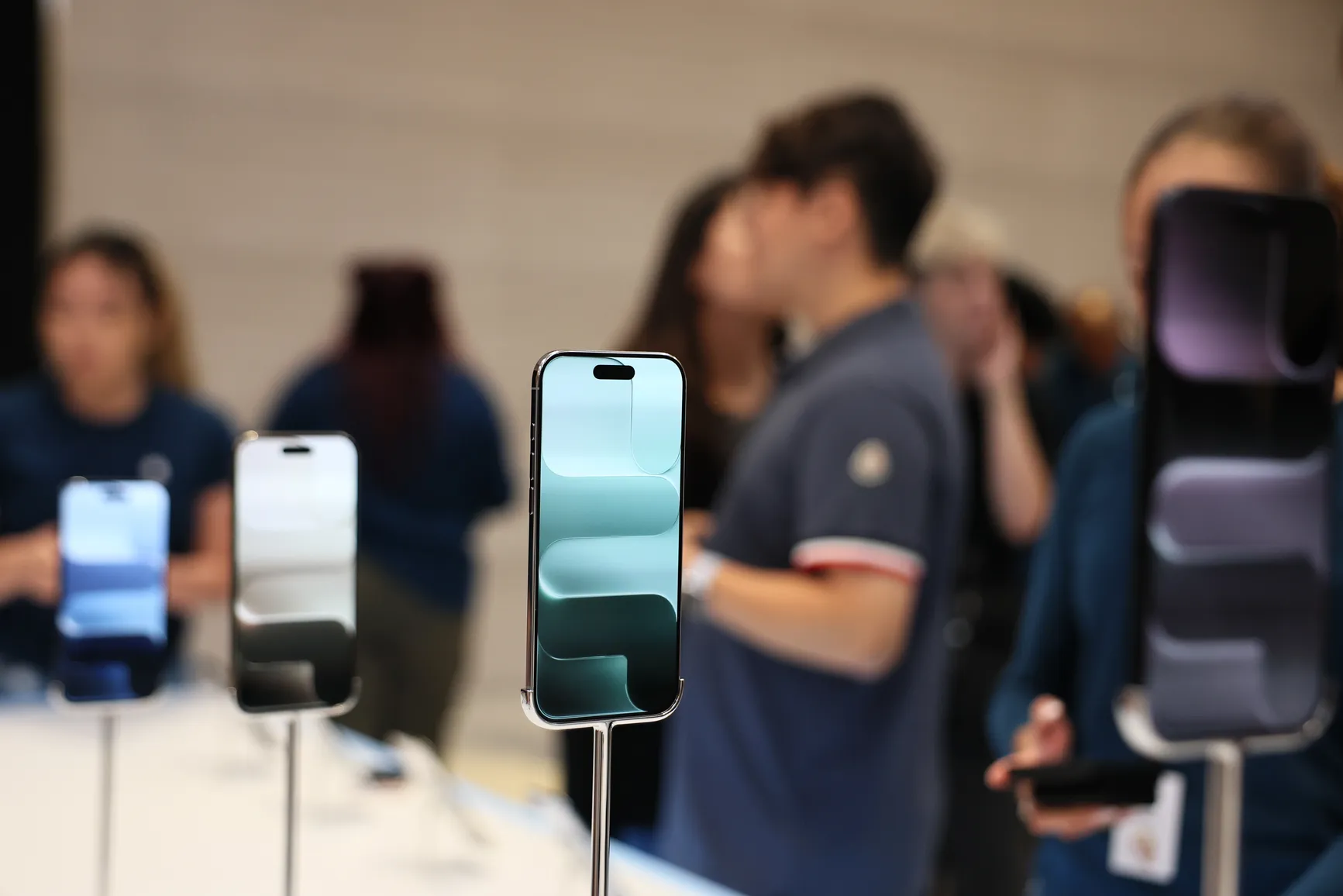
In May 2025, U.S. consumer sentiment continued its downward trajectory, with the University of Michigan’s Consumer Sentiment Index falling to 50.8 from 52.2 in April. This marks the fifth consecutive monthly decline and represents a nearly 30% drop since January, positioning the index at its second-lowest level in the survey’s nearly 75-year history .
📉 Key Drivers of Declining Sentiment
-
Inflation Expectations Surge: Short-term inflation expectations rose sharply to 7.3% in May, up from 6.5% in April, reaching the highest level since 1981. Long-term expectations also increased to 4.6%, the highest since 1991
-
Tariff Concerns Intensify: Approximately 75% of consumers spontaneously mentioned tariffs as a concern, up from 60% in April. Despite a recent agreement between the U.S. and China to reduce tariffs—lowering U.S. tariffs on Chinese goods from 145% to 30% and China’s tariffs on U.S. goods from 125% to 10%—the impact on consumer sentiment has been minimal
-
Personal Finances Under Pressure: Assessments of personal financial situations declined nearly 10%, primarily due to weakening incomes. This downturn suggests that many Americans are feeling the strain of rising prices and economic uncertainty .
🧭 Political Polarization in Sentiment
The decline in consumer sentiment is also influenced by political affiliations. While sentiment among independents saw slight increases, it dropped by 7% among Republicans. Overall, sentiment is down almost 30% since January 2025
🔍 Outlook
Despite some positive economic indicators, such as a cooling inflation rate of 2.3% in April and steady jobless claims around 229,000, consumer sentiment remains low. The disconnect between these indicators and consumer perceptions suggests that concerns over inflation and trade policies continue to weigh heavily on the public’s economic outlook
The final consumer sentiment data for May is scheduled for release on May 30, which may provide further insights into how recent policy changes are influencing public perception





